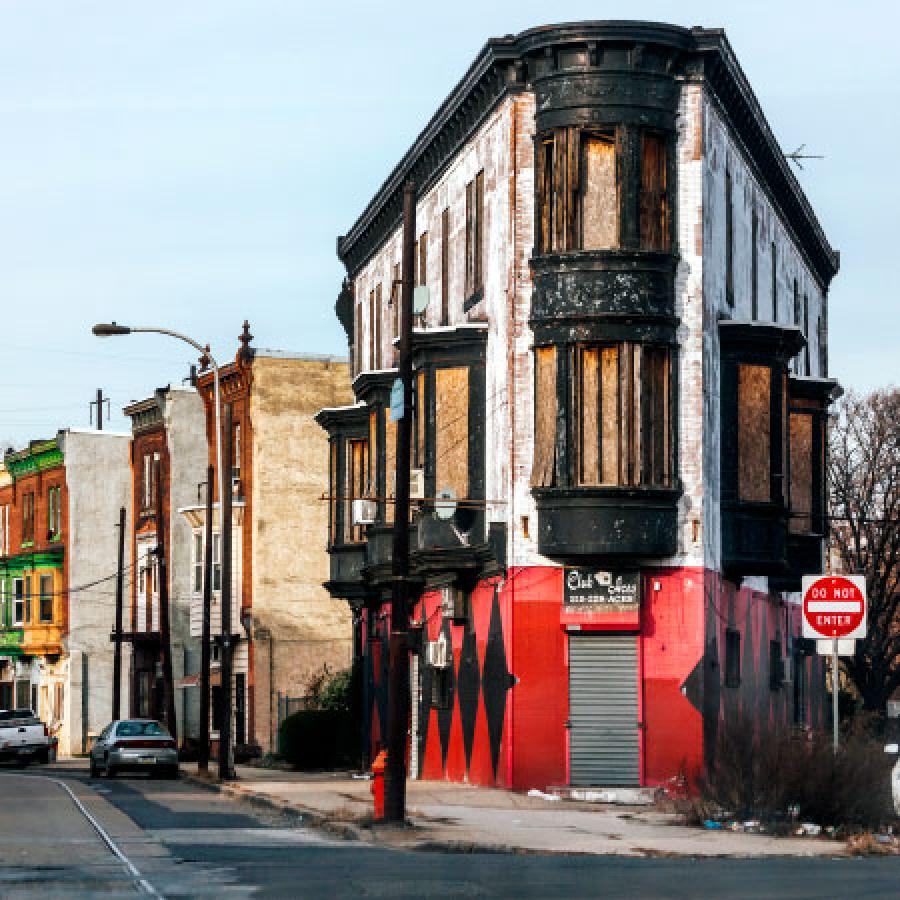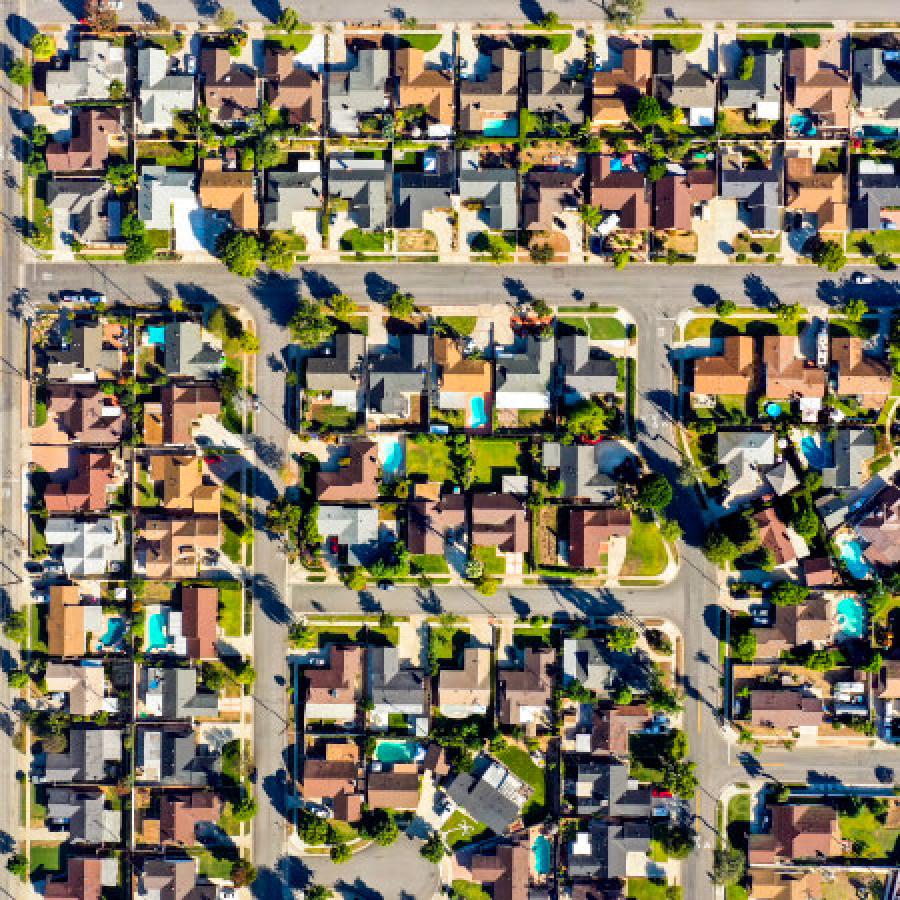Air pollution: Healthy neighborhoods are free of pollution and toxins that undermine safety, health, and well-being.
Insights & Analyses
- Nationally, The air pollution exposure index for cancer risk is 13 points higher for people of color than for white people. The index for Black people is 17 points higher than for white people.
- The air pollution index for cancer risk for people of color living below poverty is 13 points higher than for white people living above poverty.
- Although the air pollution exposure index for cancer risk has declined for most racial/ethnic groups since 2010, it increased slightly for Asian Americans and Pacific Islanders as well as for white people.
- On-road and off-road mobile sources contribute 4 points each to the air pollution exposure index for cancer risk for Asian Americans and Pacific Islanders, which is more than for other racial/ethnic groups.
- The air pollution exposure index for cancer risk is highest for Black residents in the cities of Sacramento and Fresno. It is lowest in the City and County of Honolulu and the city of Lubbock.
Drivers of Inequity
People of color are disproportionately exposed to air pollution that is primarily caused by White Americans’ consumption habits. This disparity is largely caused by ongoing racial segregation forged through historical practices such as racially exclusive housing covenants and zoning laws as well as ongoing ones such as discriminatory hiring and mortgage lending. These practices have dispossessed communities of color of economic and political power. As a result, their neighborhoods are often located in closer proximity to highways, industrial plants, and other sources of pollutants.
Strategies
Grow an equitable economy: Policies to promote healthy environments for all
- Ensure development processes and land use planning produce healthy neighborhood environments.
- Require health impact assessments of new developments for potential threats to air quality.
- Prioritize green affordable housing near transit and institute safeguards to prevent displacement.
- Reduce hazardous chemicals, pesticides, and emissions from industrial plants, automobiles, and diesel engines.
- Increase community voice and leadership in planning and policymaking.
- Grant local government the authority and capacity to take legal action and enforce indoor air quality standards and laws.
- At the federal level, create programs that subsidize electric vehicles purchases for people with low income, pass a robust infrastructure bill that improves clean water and air in all communities while creating good jobs, strengthen implementation of the Clean Air Act by providing states and local agencies with technical assistance, and invest in public transportation to reduce private vehicle emissions.
Strategy in Action
California reduces air pollution through freight-sector reform. While heavy-duty vehicles make up only 5 percent of vehicles on the road, they produce more than 25 percent of greenhouse gas emissions that come from the transportation sector. In 2015, California passed the California Sustainable Freight Action Plan to address transportation emissions as a part of its plan to address climate change. By 2030, the state aims to improve system efficiency by 25 percent by removing regulatory barriers and deploying 100,000 zero-emission freight vehicles. Progress on the initiative is underway; more than 70 different models of zero-emission vans, trucks, and buses are now commercially available and the California Public Utilities Commission approved over $300 million for freight vehicle-charging infrastructure. Learn more.



